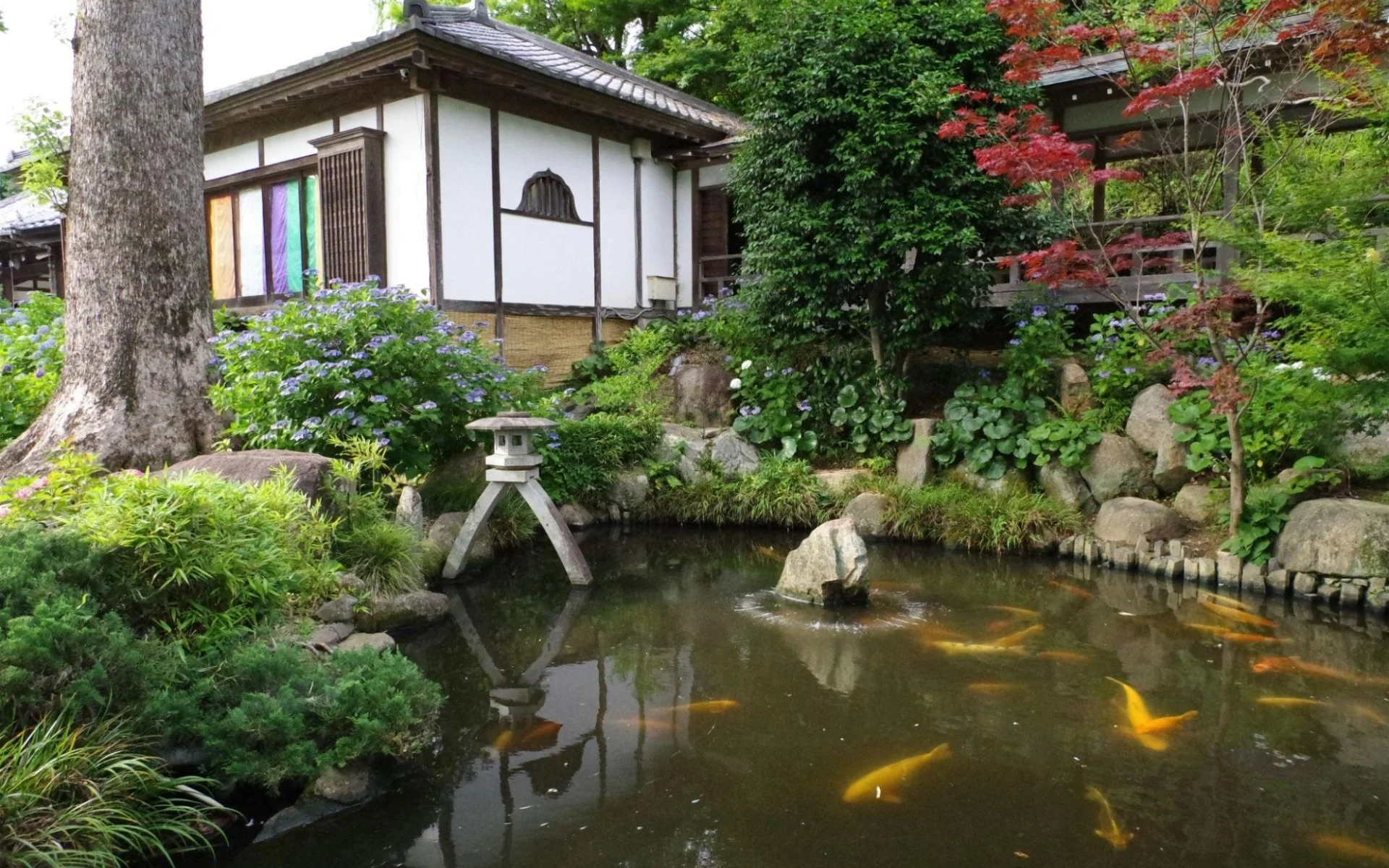Top 7 Landscaping Mistakes to Avoid
Creating a beautiful landscape is both an art and a science. A well-designed garden provides a sense of calm and beauty and increases the overall value of your property. However, even the most enthusiastic homeowner can make common errors that detract from the beauty and functionality of their outdoor spaces. Here are some of the top landscaping mistakes to avoid, ensuring your garden flourishes and becomes a source of joy rather than frustration.
1. Neglecting a Cohesive Plan
One of the most significant landscaping mistakes is starting without a detailed plan. Many homeowners are eager to get their hands dirty and begin planting as soon as possible. However, without a cohesive design plan, the result can be a disjointed appearance that lacks harmony. It's crucial to consider how the various elements of your garden will interact, from plant heights and colors to textures and growth patterns. Planning helps avoid a cluttered or unbalanced garden and ensures every plant has a purpose and place.
2. Overlooking the Importance of Soil Health
Soil is the foundation of any garden, yet it is often overlooked. Many landscaping problems stem from inadequate soil preparation. Different plants require different types of soil to thrive; ignoring this can lead to poor plant health and growth. Before planting, have your soil tested to understand its type and pH level, and amend it accordingly with the right nutrients and organic matter. Ensuring your soil is well-prepared not only enhances plant health but also reduces the need for chemical fertilizers.
Related: Understanding Soil Types and Their Impact on Your Garden
3. Choosing the Wrong Plants
Selecting plants that are unsuitable for your climate or soil type is a common mistake that can lead to increased maintenance, poor health, and ultimately, plant failure. Native plants are generally a safer choice because they are adapted to the local climate and soil conditions, requiring less water, fertilizer, and care. Furthermore, consider the mature size of plants to prevent overcrowding and to minimize the need for future pruning or removal.
4. Ignoring Watering Needs
Improper watering can lead to numerous problems in a landscape. Overwatering can cause root rot and fungal diseases, while underwatering can stress plants, making them more susceptible to pests and diseases. Installing an irrigation system can be an effective way to manage watering needs efficiently. Such systems can be adjusted according to the seasons and specific needs of your plants, ensuring that they receive the right amount of water at the right time.
Related: Water Saving Tips for Efficient Irrigation
5. Neglecting Seasonal Care
Each season brings specific landscaping needs, and neglecting these can lead to long-term damage to your garden. For instance, failing to prune shrubs and trees at the right time can inhibit their growth and flowering potential. Similarly, not applying mulch can lead to soil erosion and moisture loss. Regular maintenance such as pruning, mulching, and adjusting your watering schedule as per seasonal requirements will keep your garden healthy year-round.
6. Poor Placement of Features and Plants
The placement of plants and landscape features such as pathways, lights, and decorative elements can significantly impact the functionality and aesthetics of your garden. Poor placement can obstruct natural pathways, create maintenance issues, and even endanger the health of your plants by blocking their light or crowding them too closely. Consider the growth patterns and space needs of your plants, as well as how you move through your garden, to optimize both beauty and functionality.
7. Overlooking Lighting
Many homeowners focus solely on the daytime appearance of their landscape and forget about the evenings. Strategic use of outdoor lighting can transform your garden into a magical nighttime sanctuary, enhancing safety and extending the usability of your outdoor spaces. It also allows you to highlight specific features like beautiful trees, a charming stone path, or a water feature.
Related: The Role of Lighting in Your Landscaping
Work with Heritage Landscapes
Avoiding these common landscaping mistakes can drastically improve the health and appearance of your garden. A thoughtful approach to planning, planting, and maintenance will ensure that your outdoor space is not only beautiful but also sustainable and enjoyable. Remember, every landscape is unique, and what works for one garden may not work for another. If you find yourself needing guidance or professional insight, don’t hesitate to reach out to experts who can help tailor a landscaping strategy that perfectly suits your space and lifestyle.
For expert advice and personalized landscape solutions, consider contacting Heritage Landscapes. This team of California landscapers is dedicated to transforming your visions into reality, ensuring that every outdoor space they touch becomes a testament to their commitment to beauty and excellence. Let them help you avoid common landscaping mistakes and create the garden you’ve always dreamed of.

